If you’re putting in the effort to make fresh juice, you want it to be as nourishing and beneficial as possible. However, there are some common juicing mistakes that can reduce nutrition—or worse, put your health at risk. As a certified juice therapist and juice bar owner, I see these mistakes all the time. Let’s go over the three biggest juicing mistakes and how to avoid them.
Watch the video or scroll down to read instead. >>Watch Now
Mistake #1: Improper Prep – Not Washing Your Produce Correctly
It’s crucial to wash your produce properly, even if it’s organic. All produce, regardless of how it’s grown, can become contaminated with harmful bacteria like E. coli or Salmonella. Leafy greens, in particular, are at high risk because they are often grown near cattle feedlots where these bacteria originate. Contaminated water can spread bacteria to nearby fields, putting fresh produce at risk. If you want to learn more about this issue, I recommend watching the documentary Poisoned – The Dirty Truth About Your Food on Netflix.
Beyond bacteria, conventionally grown produce is often coated with pesticides, herbicides, and fungicides. Even organic produce can have pesticide residue due to overspray from neighboring farms or unethical practices. You can check out the Dirty Dozen/Clean 15 list at EWG.org to see which fruits and vegetables have the highest pesticide levels.
So how do you wash your produce effectively?
- Use running water and friction. Rubbing your produce with your hands or scrubbing with a brush removes most bacteria and up to 80% of surface pesticides.
- Don’t soak produce in a sink full of water without rinsing afterward. Bacteria in the water can simply reattach to the produce.
- Match water temperature to produce temperature. Using hot water on cold produce can drive bacteria into the fruit or vegetable.
- Skip expensive veggie washes. Studies show they are not significantly more effective than plain water.
- Vinegar soaks aren’t as effective as you think. A splash of vinegar in a sink full of water doesn’t do much. You’d need to use full-strength 5% vinegar, which isn’t practical or cost-effective.
- Baking soda is the best affordable option. Soak produce in a solution of 1 tablespoon of baking soda per salad spinner-sized bowl (or 2-3 tablespoons per sink of water) for at least 5 minutes. This method removes surface pesticides almost as effectively as full-strength vinegar!
Mistake #2: Improper Storage – Losing Nutrition Too Quickly
After taking the time to make fresh juice, you want to preserve its nutrients as long as possible. The way you store your juice has a big impact on its nutritional quality and freshness.
Two common storage mistakes are:
- Leaving too much air in the container. Oxygen degrades juice quickly through oxidation. Always fill your storage jars or bottles to the rim to limit oxygen exposure. Alternatively, use a vacuum-sealing device to remove air.
- Keeping juice for too long. Fresh juice loses nutrients over time, and the shelf life depends on your juicer type, the juice blend, and how fresh your produce was to begin with.
- Centrifugal juicers introduce a lot of air into the juice, so it’s best to consume within 12-24 hours.
- Masticating (slow) juicers produce juice that lasts 2-3 days.
- Cold-pressed juice (like what we make in my juice shop) can last 5+ days when stored properly.
- Adding lemon or lime juice helps extend shelf life by a day or two due to its acidity.
Storage temperature also matters!
- Get your juice below 41°F as quickly as possible. If needed, place it in the freezer for 30-60 minutes to chill rapidly (but set an alarm so you don’t forget it!).
- Store juice in the coldest part of your fridge. Identify the coldest area and keep your juice there for maximum freshness.
Mistake #3: Juicing Too Much of a Good Thing
If you’re new to juicing, you might have gone overboard with certain ingredients (I know I did!). Here are two mistakes that can cause issues:
- Juicing 100% Beets – Beets are powerful detoxifiers, but drinking straight beet juice can cause nausea, bloating, cramping, or diarrhea. Stick to one small to medium beet per 12-16 oz juice, blended with other fruits and vegetables.
- Not Rotating Your Greens – Using the same leafy greens every day can lead to problems:
- Cruciferous greens (like kale, bok choy, and cabbage) contain goitrogens, which can interfere with thyroid function if consumed in excess.
- High-oxalate greens (like spinach and Swiss chard) may contribute to kidney stone formation in certain individuals when consumed in large amounts daily.
The best approach? Rotate your greens! One day, use spinach; the next, use kale or bok choy. This ensures a variety of nutrients without overloading on any one compound.
Final Recap: How to Avoid These Juicing Mistakes
1️⃣ Wash your produce properly under running water and scrub to remove bacteria and pesticides. Use baking soda soaks for extra cleaning power.
2️⃣ Store juice correctly by filling containers to the top, keeping it cold, and drinking it within the optimal time frame.
3️⃣ Juice smarter by avoiding too much of a single ingredient—especially beets and greens—and rotating your ingredients for balance.
By avoiding these mistakes, you’ll get the maximum nutrition and health benefits from your fresh juice.
I hope you found this guide helpful! If you did, share your thoughts in the comments below. Have you made any of these mistakes before? What’s your favorite juice recipe? Let’s chat!

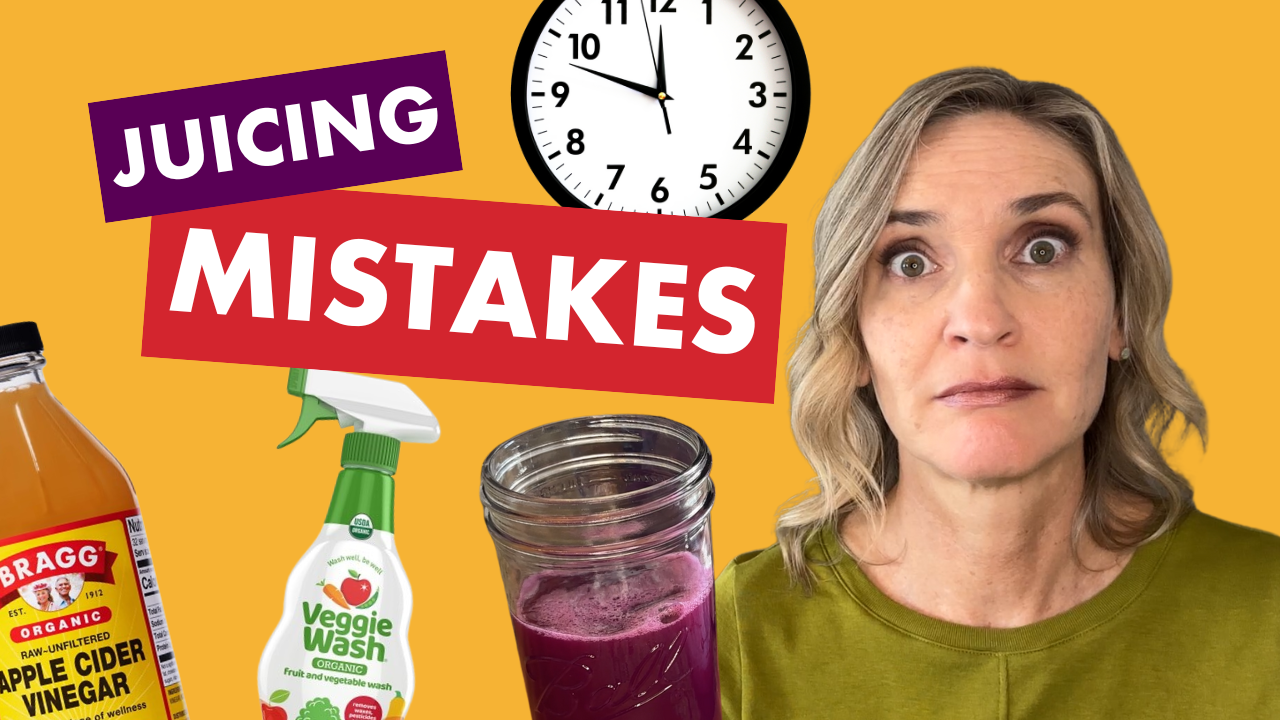
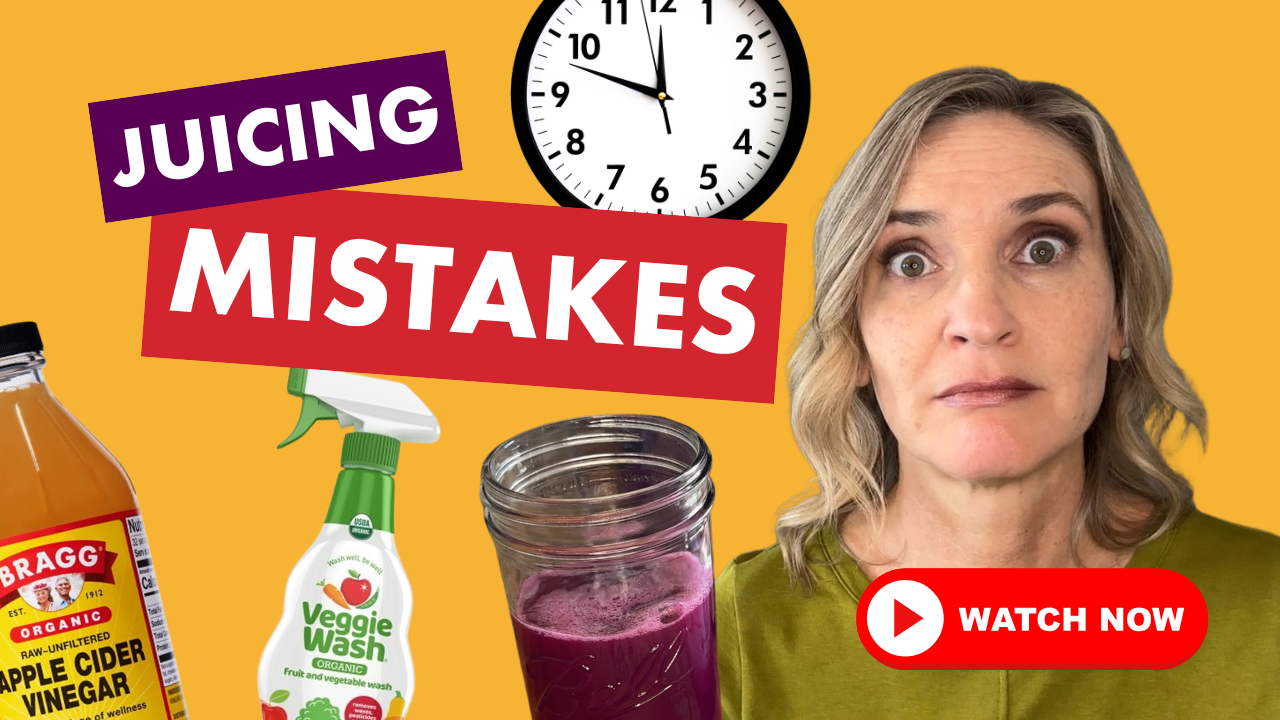

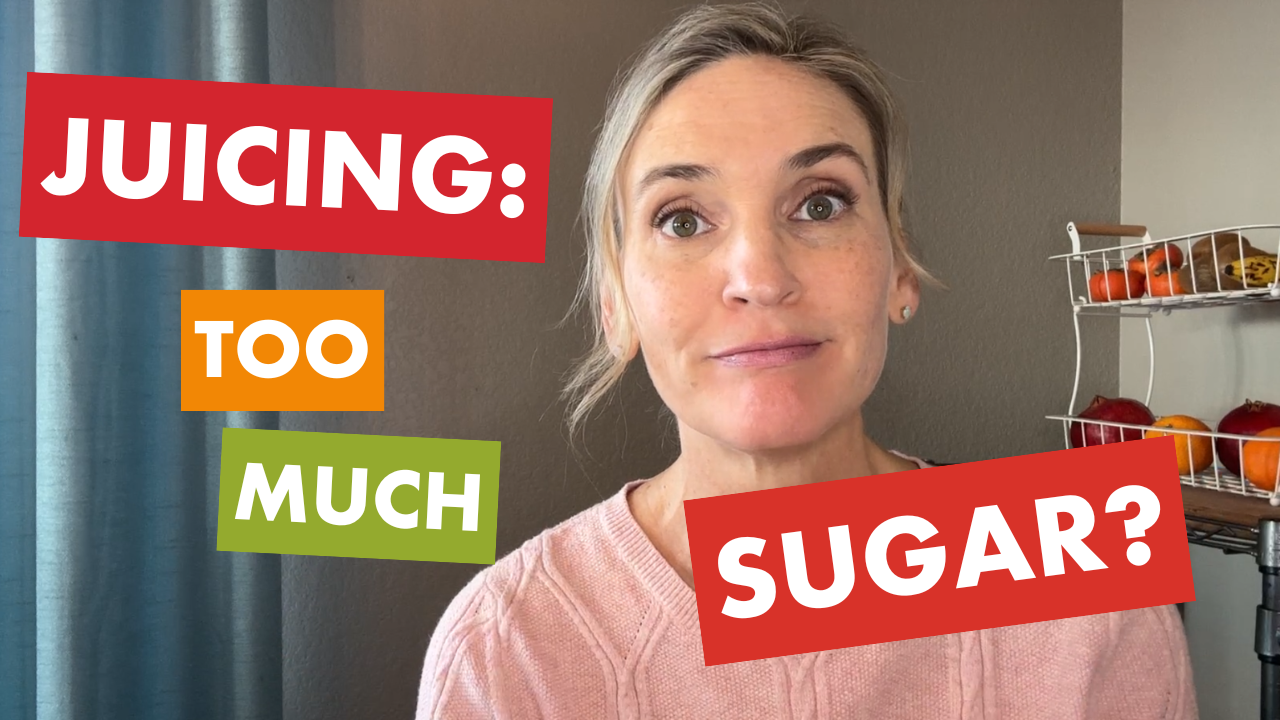
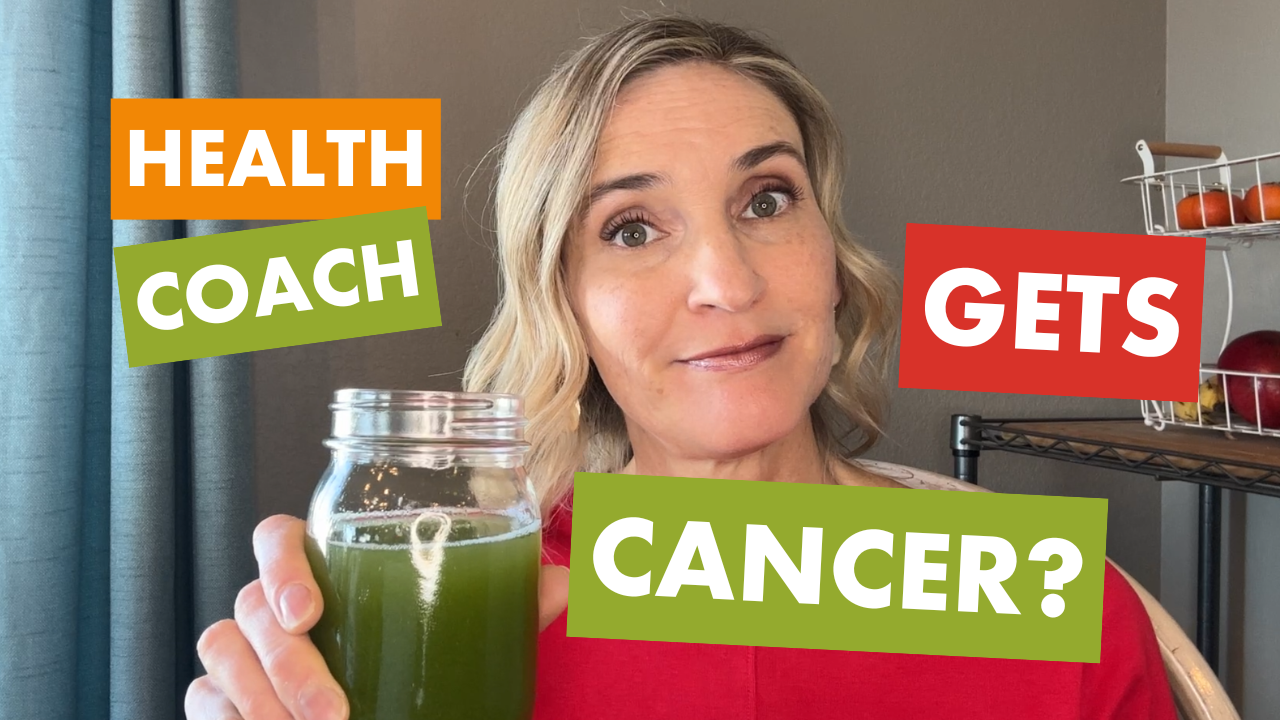


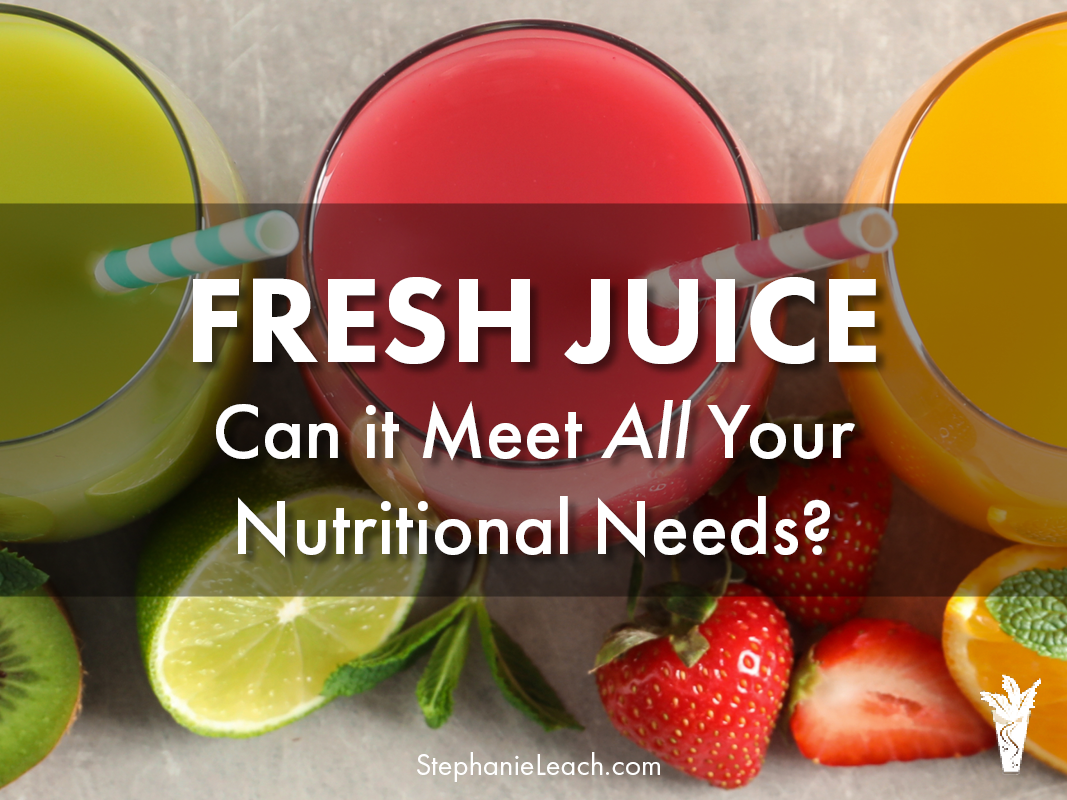
Leave A Comment